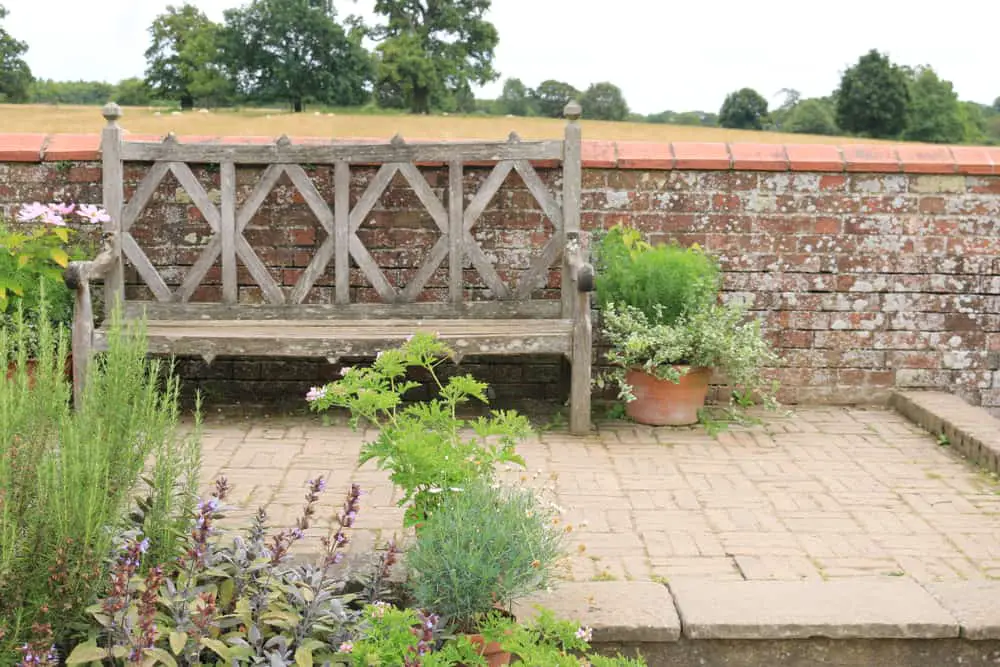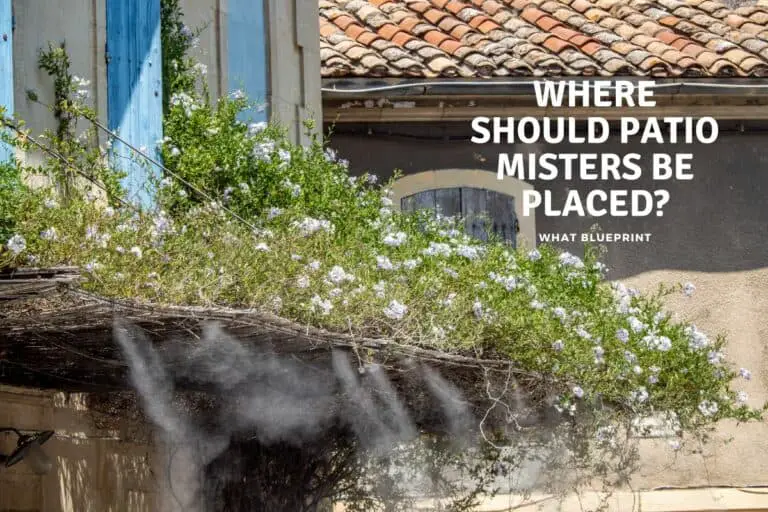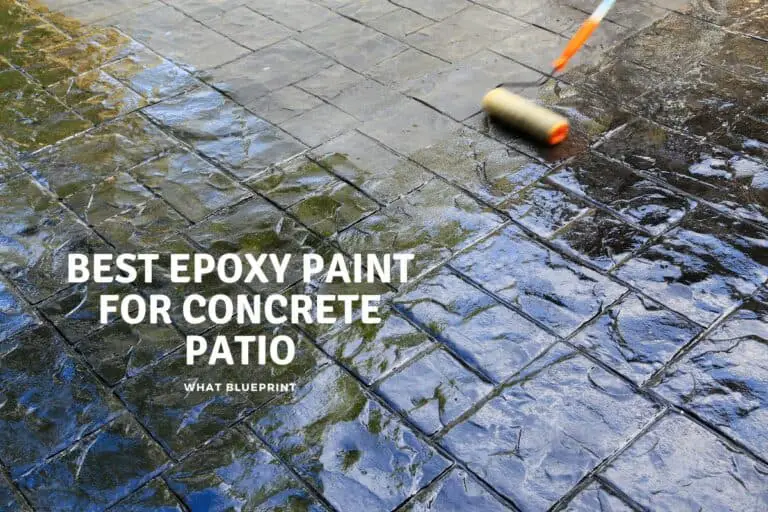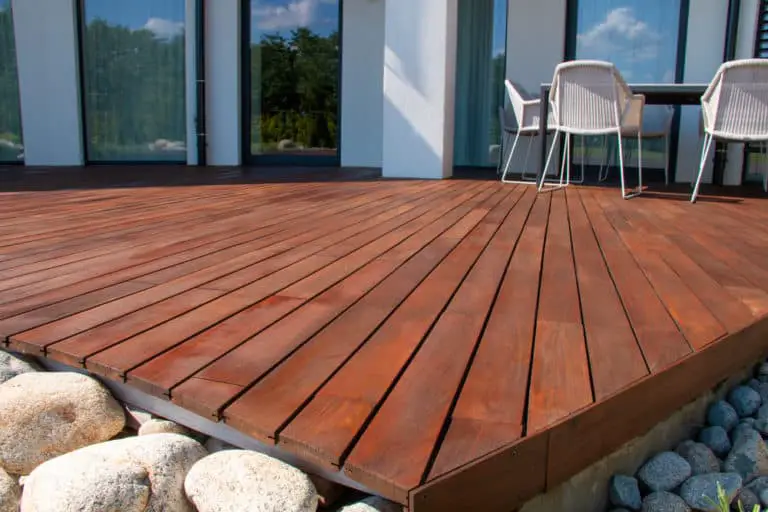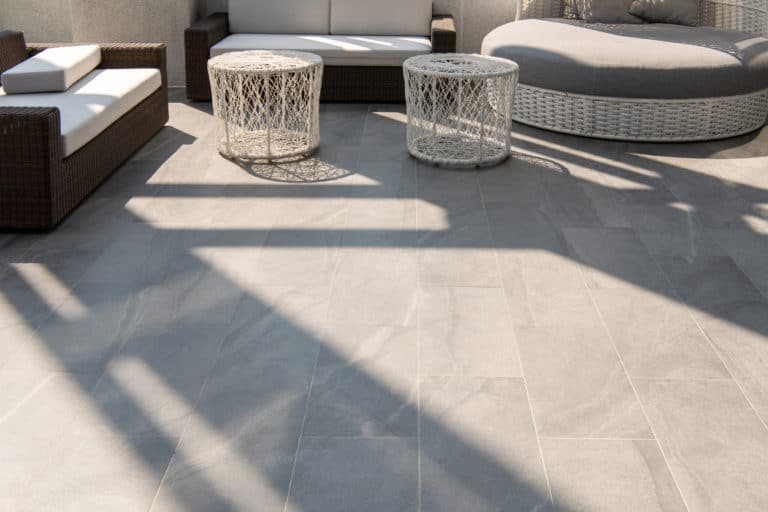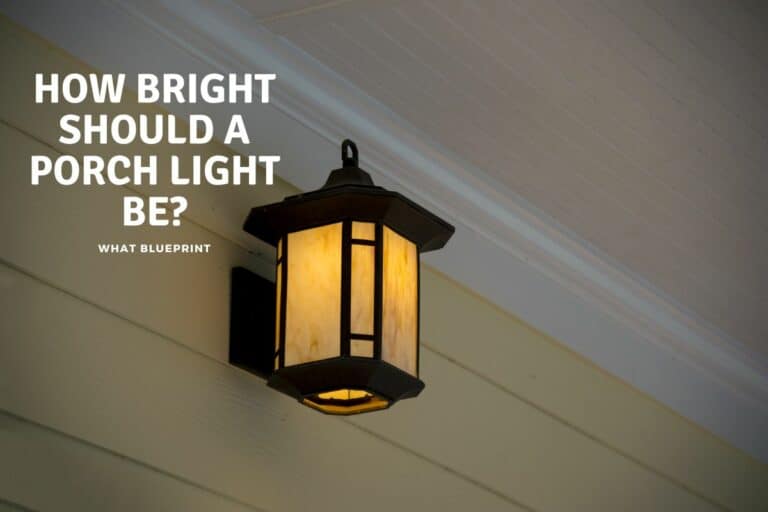How Do You Cover An Old Patio?
Most of us know how bland an old concrete patio can be. Last year, I wanted to upgrade or cover my concrete patio, but I had no idea what I could do to make it appear remotely better. It was full of dings and cracks, so I thought I would cover it up somehow. I went to a friend who made a few suggestions, and I was surprised at how many ways you can cover an old patio.
There are a few ways to cover up your patio that look great and won’t cost you a fortune. Some include laying pavers, covering the patio with colored stain, acid etching the patio, and installing tile over the patio. The list of how to cover an old patio keeps growing as new ideas pop up every day.
I was tired of the old cracked cement patio we had, and I wanted innovative ideas on how I could cover it. I researched a lot and found a few great ways to do that without costing too much. I thought to share some of the ideas we found that looked the best in this post.
How Do You Cover An Old Patio?
We all know someone with an old cement patio that has seen better days and looks outdated and boring. Tearing up the old patio should be a last resort as the time and money it would take is not something anyone wants, so how do you cover an old patio? Here are a few general ideas:
Using Acid Etching And Sealant To Cover An Old Patio
One of the fastest ways to cover an old patio is acid etching the concrete patio. When you apply the product to the concrete, the hydrochloric acid and metallic salts react to the calcium hydroxide or the lime in the concrete. The reaction between these chemicals causes a unique marbled stain pattern on the concrete floor.
After you are done with the acid etching, you can use a clear sealant to lock in the pattern. A few of the downsides to using this method to cover your old patio include:
- The maintenance: Maintaining the acid etching means you need to reseal the concrete at least once a year to keep staining or damage from the elements from ruining the stain you have.
- You have to do repairs beforehand: When you use acid etching, you need to prepare the concrete. You do this by thoroughly washing the concrete and repairing the cracks, dings, chips, and holes in the concrete before applying the acid etch.
Using Colored Stain And Sealant To Cover An Old Patio
I have seen a trend where people take different colored stains and some plastic stencils and create an old tile carpet or “quilt” effect on their patio surface. It’s inexpensive, and you can have fun with the design. However, you need to wash the patio thoroughly, let it dry and then fix all the problem areas that might have scratches, holes, or cracks.
When the repairs are dry, you take a plastic stencil (you can use painting stencils) and an old sponge to apply different colored stains to the concrete in a checkered pattern. When the stain has thoroughly dried, you finish it off with a strong waterproof cement sealant, and you will have a spruced-up patio in no time.
The downside to using this method to cover the patio is that you will need to reapply the sealant and maybe some stains at least once every two years. The sun and other elements out in the open will cause the staining to fade somewhat, and it will need regular reapplication to keep the colors vibrant.
Using Tiles To Cover An Old Patio
An excellent solution for covering up your patio is to use tiles. You can choose from glazed or unglazed ceramic tiles. The unglazed ceramic tiles will need to be sealed to avoid the tiles staining, but the glazed tiles have a protective coating made to withstand the chemicals in cleaning agents and regular wear and tear.
Ceramic tiles are waterproof and won’t rot or gather mildew/mold as time passes. It won’t bend or warp in extreme temperatures but will be cold in winter. Manufacturers created these tiles to be durable and, if installed correctly, won’t chip or break unless you drop something hefty on the patio.
With proper maintenance, the tiles can last a few decades. The only downside to using ceramic tiles is they are slippery when wet; they can be more expensive than other ways to cover up your patio, and you need to ensure that you choose a tile design and color that you will still love in years to come as last so long.
Using Pavers To Cover An Old Patio
If you like the rustic look of bricks or paving, you could always install pavers to cover your old patio. Pavers are easy to install, and all you need is the sand, the pavers, and if you want to, you could use mortar in between the pavers; otherwise, a special kind of sand you will find at hardware stores called polymeric joint sand. Pavers come in all shapes and sizes and different colors as well.
Pavers are durable and won’t rot, attract insects or get moldy. They are also less likely to be slippery when wet as they have a rough texture. Some pavers have a smooth polished look, but they will be slippery and might cause an accident.
It is cheaper than other options, and if you do it yourself, you will save on added labor costs. In addition, pavers don’t take a long time to install, and you could easily make it a weekend DIY project.
The only downside to using pavers to cover an old patio is that if you don’t level the sand correctly, the pavers might shift when you put weight on the pavers or if it rains. So you need to ensure you evenly distribute the sand before installing the pavers.
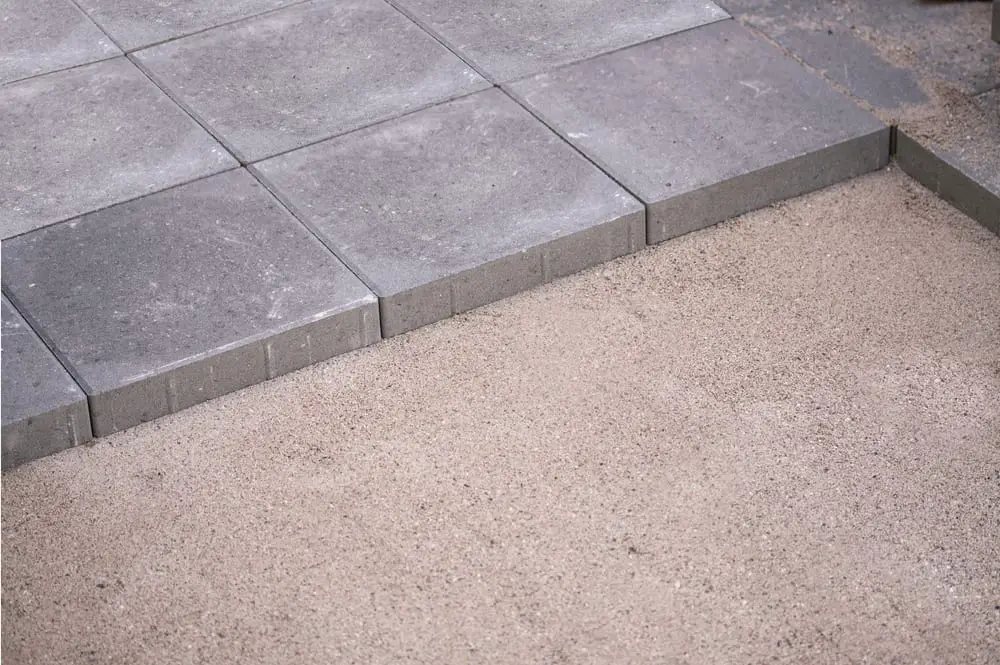
Conclusion
If you have an old patio that you feel is boring and outdated, don’t rip it up; cover it up. There are many innovative ideas for covering up your patio that won’t cost a fortune, that you can do yourself and thus save on labor costs, which will be fun to do. Remember to prep the cement before you cover it, as most of the ways to cover the patio need a clean surface to attach to.

